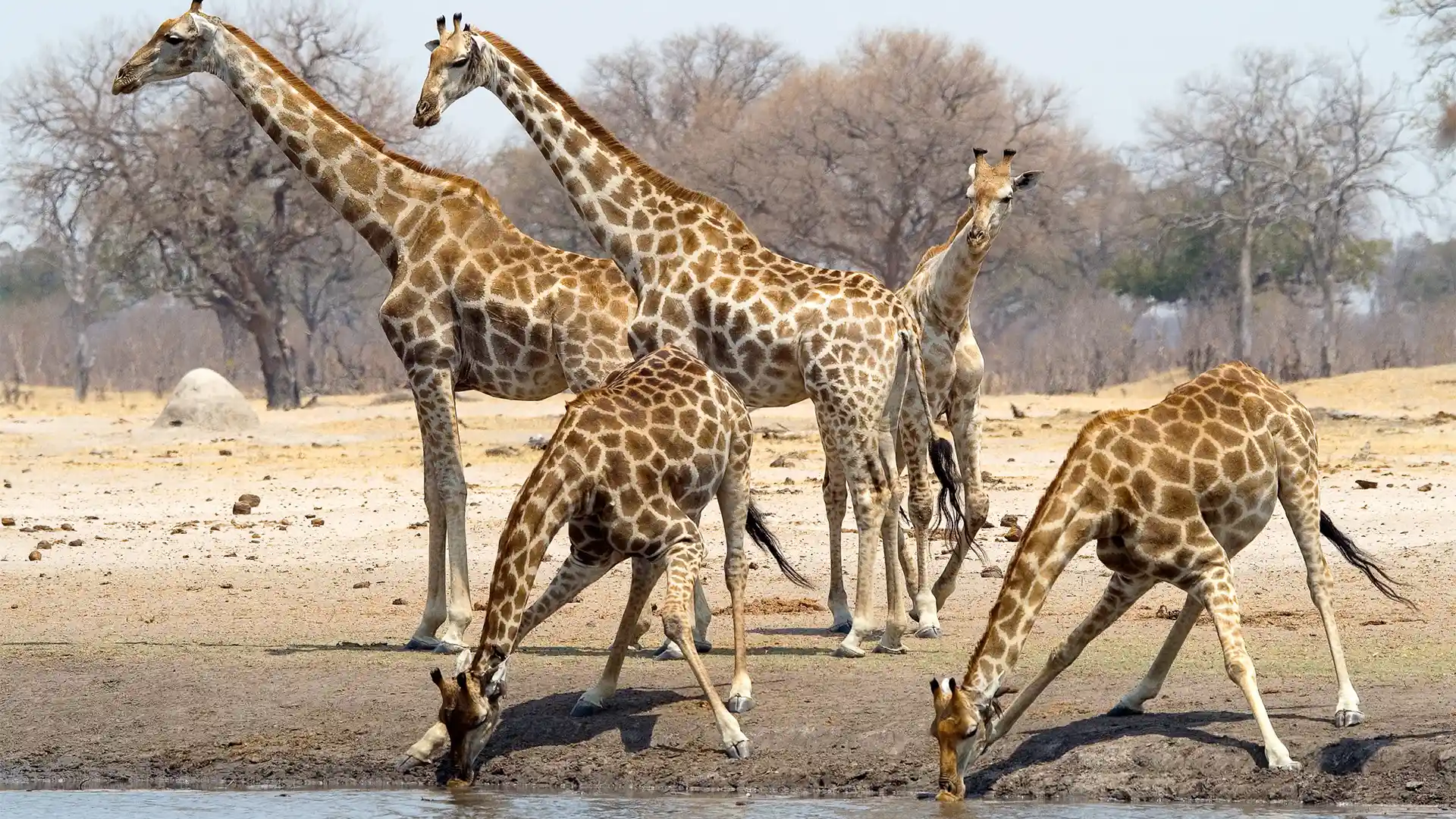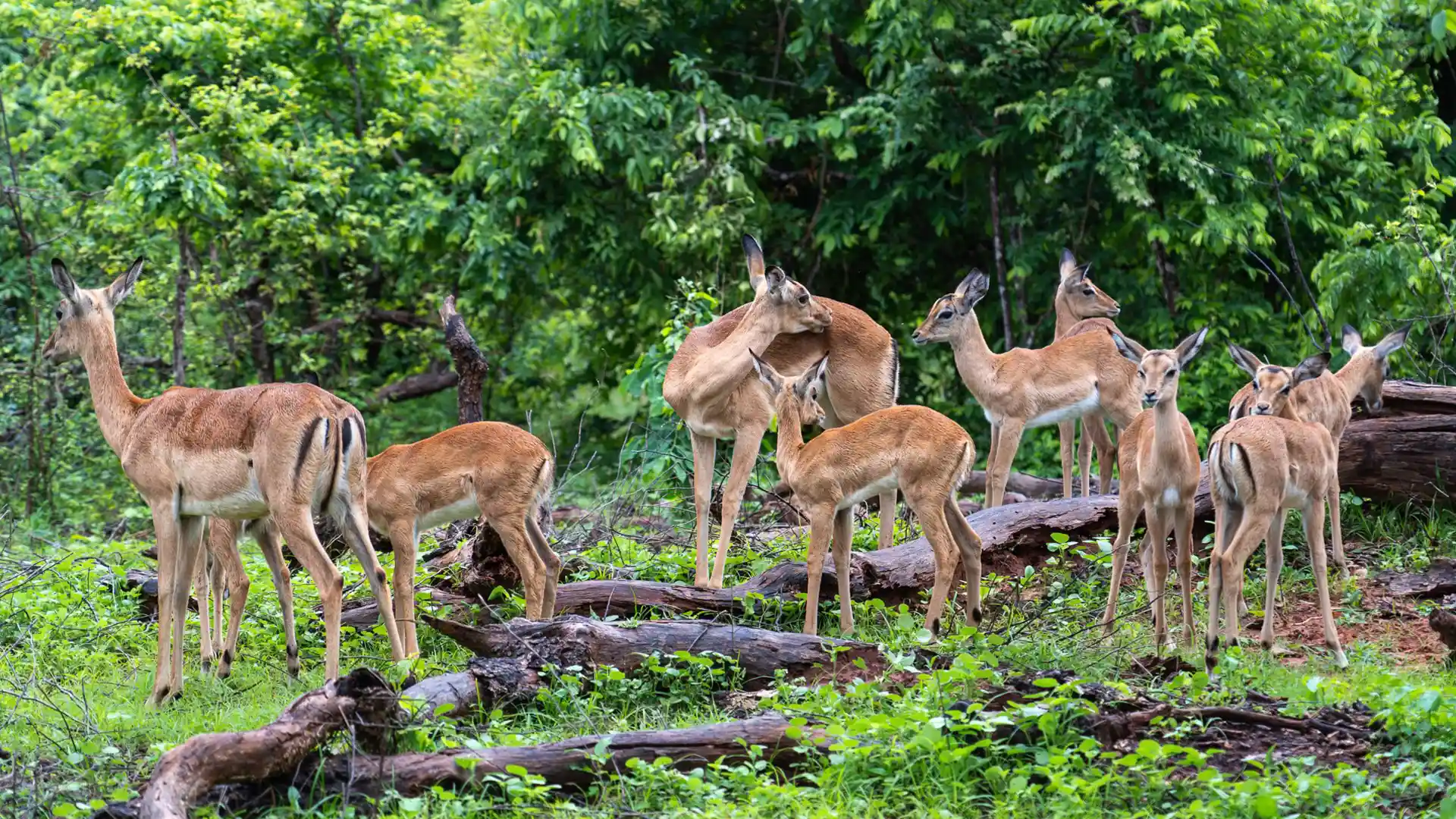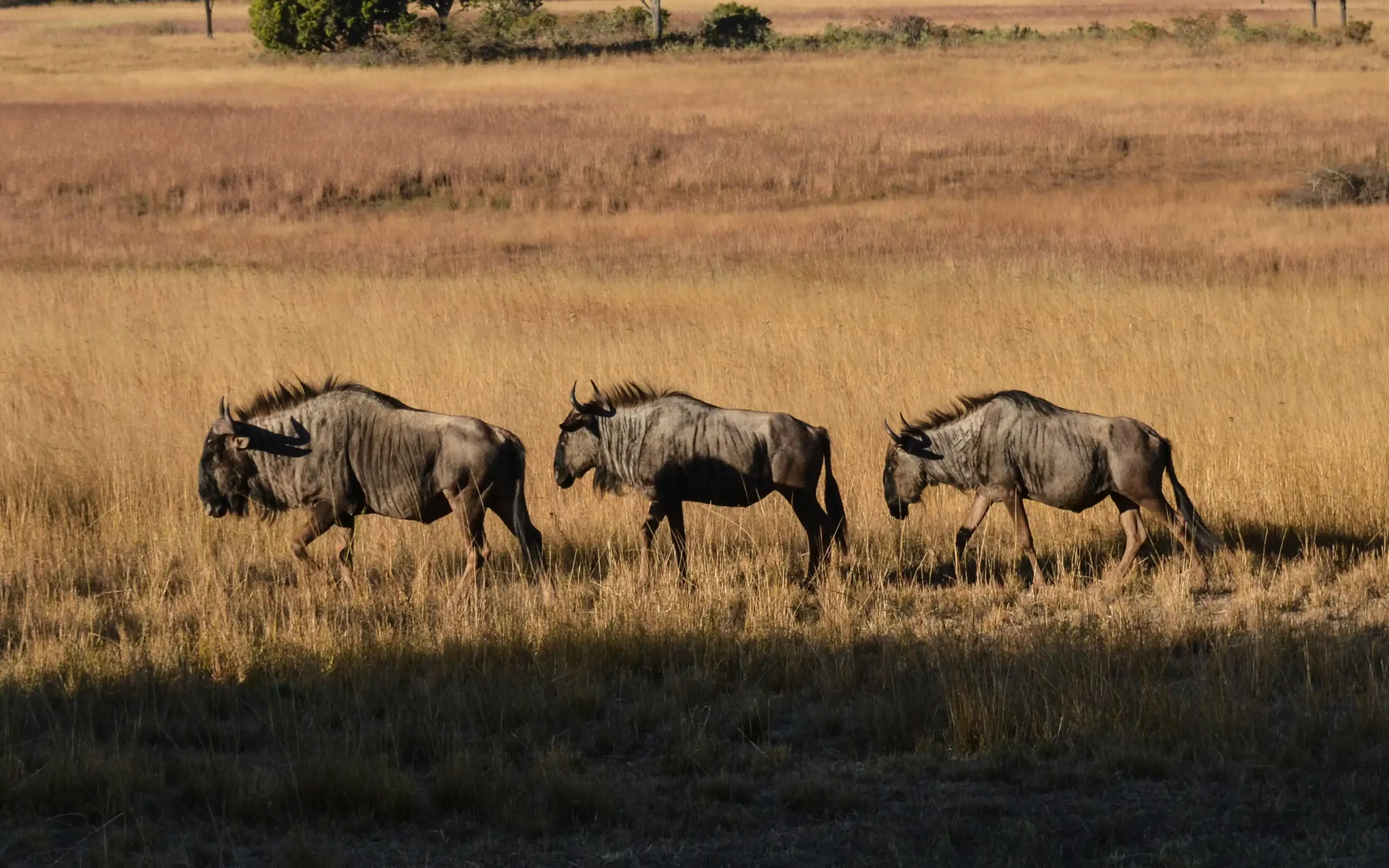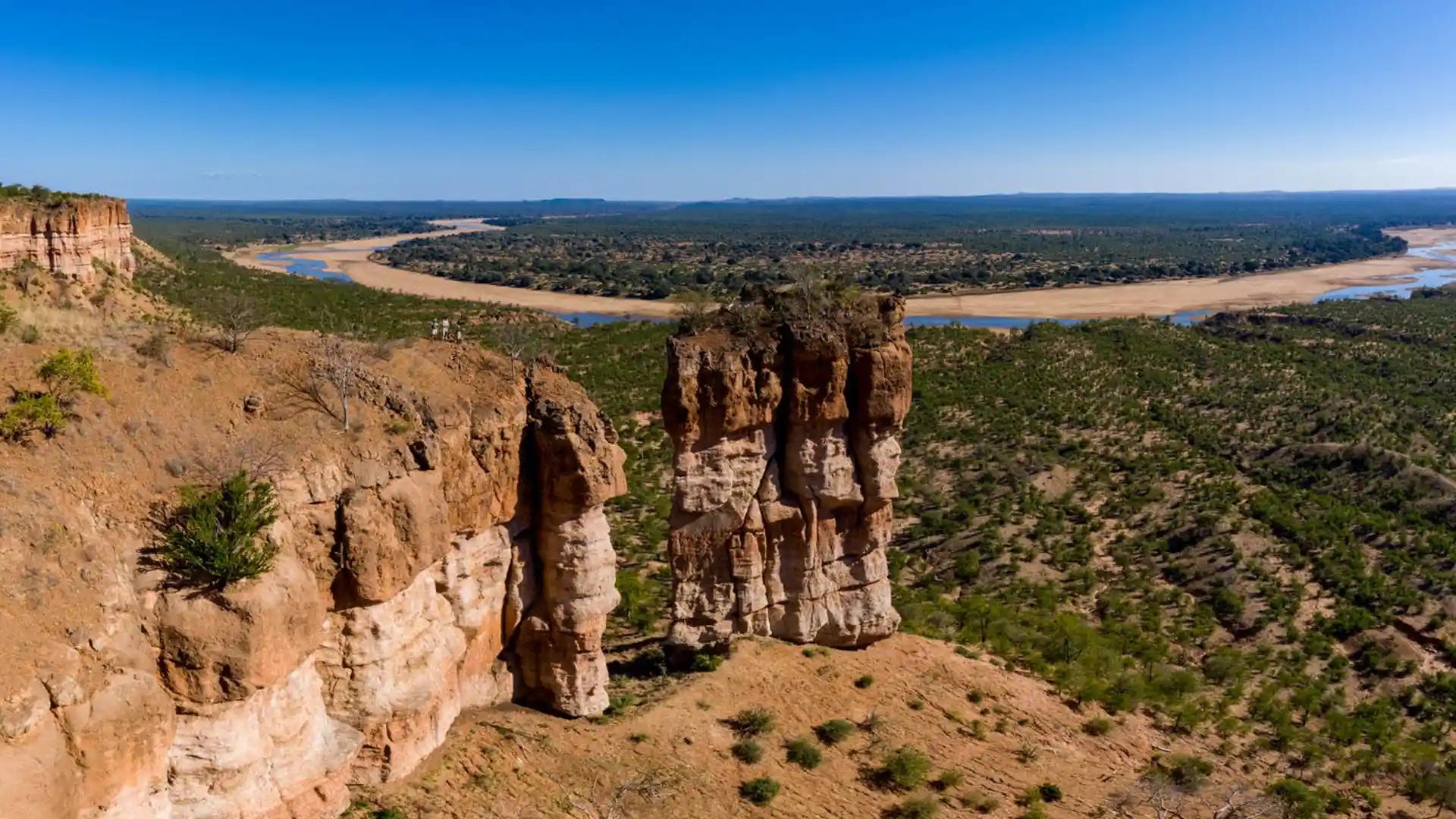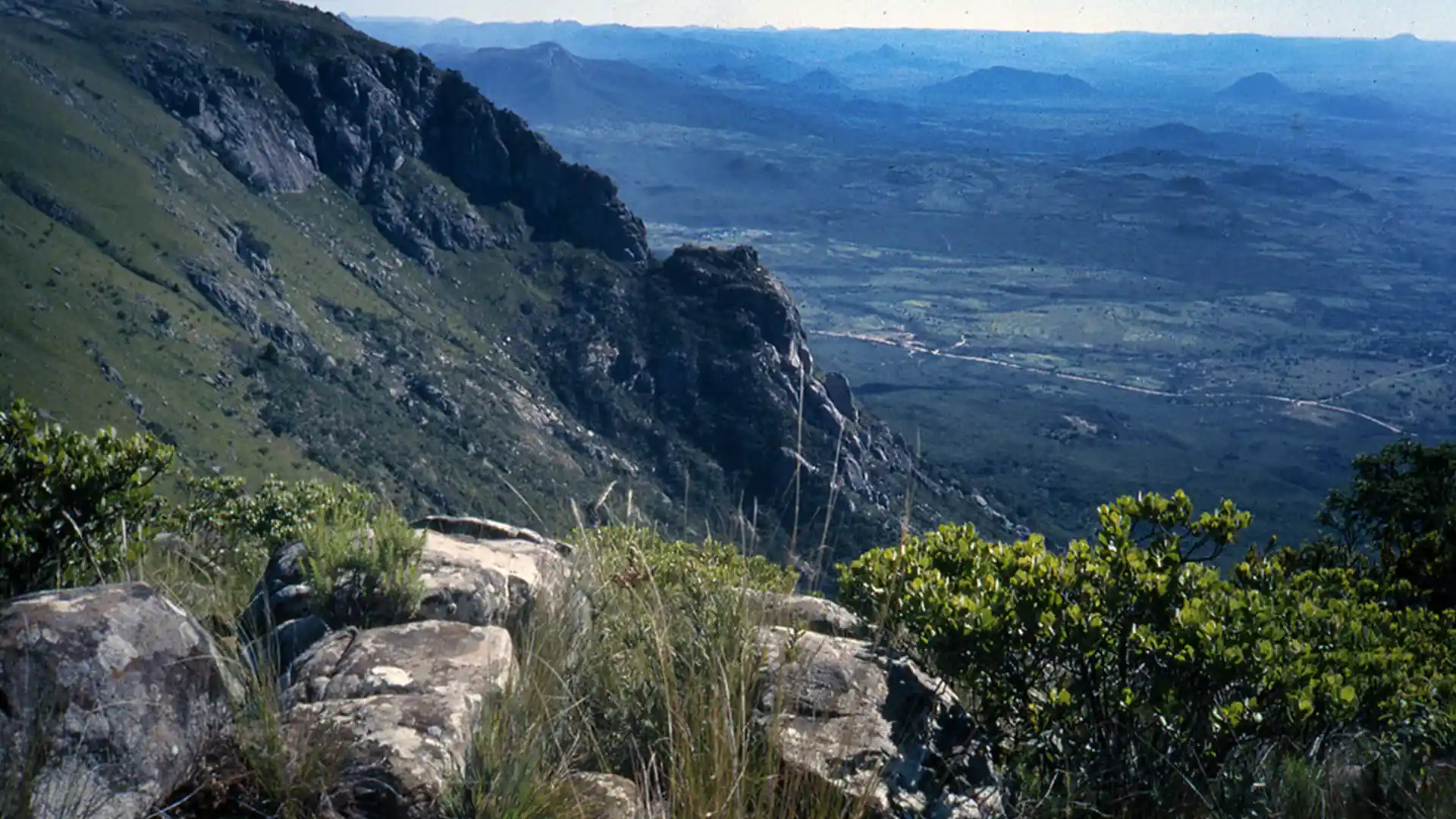Experience Breathtaking Zimbabwe
Experience Breathtaking Zimbabwe Zimbabwe
About Zimbabwe
Zimbabwe, a jewel in southern Africa, is renowned for its rich history, stunning landscapes, and vibrant culture. This captivating country offers a diverse range of experiences, from the awe-inspiring Victoria Falls, one of the Seven Natural Wonders of the World, to the ancient ruins of Great Zimbabwe, a testament to the region’s rich heritage. Zimbabwe’s national parks, such as Hwange and Mana Pools, are teeming with wildlife, offering exceptional safari experiences where visitors can see elephants, lions, and a variety of bird species. The country’s culture is a mosaic of traditions from various ethnic groups, reflected in its music, dance, and art. Adventure seekers can enjoy activities like white-water rafting on the Zambezi River, hiking in the Eastern Highlands, and exploring the Matobo Hills with its fascinating rock formations and ancient cave paintings.
Zimbabwe, a landlocked country in Southern Africa, has a rich history that spans centuries, marked by ancient civilizations, colonial rule, and a struggle for independence. From the grandeur of Great Zimbabwe to its modern-day challenges and triumphs, Zimbabwe’s past is a testament to its resilience and cultural heritage.
The history of Zimbabwe dates back to the early Iron Age when Bantu-speaking peoples migrated into the region around 200 CE. These early settlers established agricultural communities and developed ironworking skills. By the 11th century, the Kingdom of Zimbabwe emerged, with its capital at Great Zimbabwe, a city renowned for its impressive stone structures and trade networks. Great Zimbabwe became a major trading center, engaging with merchants from as far away as China and Persia.
In the 15th century, the Kingdom of Mutapa succeeded Great Zimbabwe as the dominant power in the region. The Mutapa Empire controlled vast territories and traded gold, ivory, and other goods with Swahili merchants along the East African coast. Portuguese explorers arrived in the early 16th century, seeking to dominate the gold trade, and their influence persisted, albeit with limited success, for several centuries.
The late 19th century brought significant change as European colonial powers scrambled for control of African territories. In 1890, British colonialist Cecil Rhodes established control over the area, naming it Southern Rhodesia. British settlers arrived in large numbers, establishing farms and businesses, and the local African population faced land dispossession and oppressive colonial policies.
The struggle for independence began in earnest in the mid-20th century. African nationalists, inspired by global movements for decolonization, formed political parties such as the Zimbabwe African National Union (ZANU) and the Zimbabwe African People’s Union (ZAPU). These groups, led by figures like Robert Mugabe and Joshua Nkomo, waged a guerrilla war against the white-minority government of Ian Smith, who had unilaterally declared independence from Britain in 1965. This period, known as the Second Chimurenga or Rhodesian Bush War, was marked by intense conflict and international isolation of the Rhodesian regime.
After years of negotiation and armed struggle, Zimbabwe achieved independence on April 18, 1980. Robert Mugabe became the country’s first Prime Minister and later its President. The early years of independence were characterized by efforts to redress colonial injustices, including land reform and the expansion of education and healthcare. However, political and economic challenges soon emerged, exacerbated by policies such as the controversial land redistribution program in the early 2000s, which led to economic decline and hyperinflation.
Despite these challenges, Zimbabwe has continued to pursue a path toward recovery and development. The nation boasts significant natural resources, including minerals like gold and platinum, and a resilient agricultural sector. In recent years, political shifts have brought new leadership and a renewed focus on economic stability and international re-engagement.
Geography
Zimbabwe, located in Southern Africa, is a landlocked country known for its diverse landscapes, rich cultural heritage, and impressive natural attractions. Covering approximately 390,757 square kilometers, Zimbabwe shares borders with South Africa to the south, Botswana to the west, Zambia to the northwest, and Mozambique to the east and northeast. The country’s varied terrain includes high plateaus, lush river valleys, and rugged mountains, offering a wealth of natural beauty and opportunities for adventure.
One of Zimbabwe’s most famous geographical features is the Victoria Falls, known locally as Mosi-oa-Tunya, or “The Smoke that Thunders.” Located on the Zambezi River at the border with Zambia, Victoria Falls is one of the largest and most spectacular waterfalls in the world, with a width of about 1.7 kilometers and a height of 108 meters. The surrounding area is a UNESCO World Heritage Site and offers numerous activities, including guided tours, white-water rafting, and helicopter flights.
The eastern highlands, stretching along the border with Mozambique, are characterized by their scenic beauty and cooler climate. This region includes the Chimanimani and Nyanga mountain ranges, with Mount Nyangani, the highest peak in Zimbabwe at 2,592 meters. The highlands are known for their lush forests, waterfalls, and diverse flora and fauna, making them a popular destination for hiking and birdwatching. The central plateau, which runs from the southwest to the northeast, is home to the capital city, Harare, and features rolling hills, savannahs, and fertile farmland.
In the northwest, the Hwange National Park is Zimbabwe’s largest game reserve, covering approximately 14,600 square kilometers. This park is renowned for its large elephant herds and diverse wildlife, including lions, leopards, and buffalo. The country also features the Great Zimbabwe Ruins near Masvingo, a historical site that offers a glimpse into the ancient civilization that once thrived in the region.
Climate
Zimbabwe’s climate is predominantly tropical, moderated by altitude, with distinct wet and dry seasons. The country experiences a range of climatic conditions, from the hot and arid lowveld in the southeast to the cool and temperate highveld in the central plateau and eastern highlands.
The rainy season occurs from November to March, bringing the majority of the country’s annual rainfall. During this period, temperatures are warm, ranging from 25°C to 30°C (77°F to 86°F), and the landscape becomes lush and green. Thunderstorms are common, especially in the afternoons, and can be quite intense. The eastern highlands receive the most rainfall, benefiting from moist air masses that move in from the Indian Ocean.
The dry season, from April to October, is characterized by cooler temperatures and clear skies. This period is ideal for wildlife viewing, as animals gather around water sources. Daytime temperatures in the highveld range from 18°C to 25°C (64°F to 77°F), with cooler nights that can drop to around 5°C (41°F). The lowveld regions, such as the areas around Hwange and Victoria Falls, are warmer, with daytime temperatures often exceeding 30°C (86°F).
Zimbabwe’s eastern highlands enjoy a temperate climate year-round, with cooler temperatures and higher rainfall compared to the rest of the country. This region is particularly pleasant during the dry season, offering a refreshing escape from the hotter lowland areas. The central plateau, including cities like Harare and Bulawayo, experiences moderate temperatures and relatively consistent weather, making it suitable for agriculture and urban living.
In Zimbabwe, you’ll find a rich blend of cultures expressed through 16 official languages. The “big three” are English, Shona, and Sindebele/Ndebele, with English serving as a common language for official communication and connecting people from different ethnic backgrounds. It’s like a linguistic journey, unraveling the tapestry of Zimbabwe’s diverse heritage through the everyday voices of its people. Join in the conversation and experience the vibrant linguistic mosaic that makes Zimbabwe unique.
Getting In
Experiencing a journey through Zimbabwe promises an immersive travel experience rich in cultural diversity and natural wonders. To ensure a smooth journey, especially if a visa is required, it’s crucial to obtain one in advance, as visas are not issued at entry points. For those needing an extension, South Africa provides an option, allowing a total stay of up to 6 months.
By Car: Zimbabwe is easily accessible by road from neighboring countries. Notably, the fuel situation has seen improvement, with prices now quoted in US dollars. Keep in mind that fuel is imported from Mozambique or South Africa, resulting in slightly higher prices compared to other Southern African nations. Nevertheless, the freedom of a road trip adds an authentic touch to your travel experience.
By Plane: Harare International Airport serves as a gateway with numerous international flights, primarily connecting to other African destinations. Flying into Zimbabwe provides a convenient and time-efficient option for those seeking a swift entry into the heart of the country’s vibrant culture and landscapes.By Bus: Efficient deluxe bus services operate from Johannesburg to both Harare and Bulawayo. Greyhound offers reliable services to these destinations, ensuring a comfortable and scenic journey. Bus travel provides an affordable and practical means of exploring the diverse regions of Zimbabwe.
By Train: The National Railways of Zimbabwe operates an international passenger service, offering a twice-weekly overnight train from Francistown, Botswana, to Bulawayo. Additionally, Shosholoza Meyl runs a passenger service from Johannesburg to Musina, a border city from where you can seamlessly cross into Zimbabwe. Train travel adds a nostalgic charm to your expedition.
By Boat: While not the most common mode of transportation, exploring Zimbabwe by boat offers a unique perspective. Although larger cruise lines, such as Princess Cruises, often feature Cape Town, considering alternative routes can introduce you to unconventional and unforgettable experiences.
Zimbabwe’s accessibility via various modes of travel ensures that every adventurer finds a suitable path to explore this African gem. Whether by car, plane, bus, train, or even boat, each mode contributes to the diversity of your journey. Keep in mind the visa requirements and the improved fuel situation, ensuring your travel is not only comprehensive and factual but also seamlessly integrated into the dynamic tapestry of Zimbabwe’s landscapes and cultures.
Getting Around
Exploring the journey between cities in Zimbabwe unveils a variety of transportation options, each offering a unique glimpse into the heart of this African gem.
Luxury Coaches: For a comfortable and scenic journey, consider the luxury coaches such as Pathfinder and Citilink. These coaches provide a smooth way to travel between cities, ensuring you don’t miss the captivating scenery as you embark on your African journey.
Buses from RoadPort: RoadPort in Harare serves as a hub for decent buses connecting major cities, extending even to neighboring countries like Johannesburg, Lusaka, and Lilongwe. This network of buses opens up avenues for exploration, allowing you to witness the diverse landscapes and cultures that define Zimbabwe and its surroundings.
Minibus Taxis: For intra-city transport, minibuses are readily available. Though not the epitome of luxury by European standards, these minibuses offer an affordable and authentic way to experience the true essence of Zimbabwe. Embrace the local flavor as you navigate through bustling cityscapes.
Hitchhiking Adventures: For the more adventurous traveler, hitchhiking can be a viable option. However, exercise caution and select rides judiciously, especially within Harare, where incidents of hijackings and robberies have seen an increase. It’s wise to carry some cash, as drivers often expect a nominal fee upfront for the ride.
Road Conditions: The condition of roads in Zimbabwe has notably improved since economic stabilization. Key routes, including those between Victoria Falls and Bulawayo, Bulawayo and Masvingo (home to the Great Zimbabwe), and Masvingo and Mutare, boast relatively good conditions. Notably, the resurfacing of the highway between Plumtree and Mutare, passing through Bulawayo and Harare, is enhancing travel experiences for those on the road.
In navigating the transportation tapestry of Zimbabwe, each mode of travel contributes to the broader canvas of your journey. From luxury coaches to minibuses and even the thrill of hitchhiking, your adventure unfolds against the backdrop of improved roadways and the promise of discovery around every bend. Embrace the diversity of travel options and let Zimbabwe’s landscapes become the canvas for your unforgettable journey
Navigating Currencies in Zimbabwe
Zimbabwean Dollar (ZWL): The Local Money
In Zimbabwe, the Zimbabwean Dollar (ZWL) is the main currency. It’s what you’ll use for most things, from buying goods to enjoying local services.
International Money Friends: US Dollar (USD) and South African Rand (ZAR)
Think of the US Dollar (USD) and South African Rand (ZAR) as friendly companions to the Zimbabwean Dollar. In many places, these currencies work together, making it easy for both locals and visitors to handle transactions. So, if you have US Dollars or South African Rands, you’re all set!
Practical Tips for Your Journey
As you explore Zimbabwe, whether you’re wandering through markets, trying out local foods, or experiencing the vibrant culture, your money is your tool. Each note and coin contribute to your daily adventures, making it easy to navigate the country.
Currency Wisdom for Your Adventures
Whether you’re visiting iconic places, enjoying local flavors, or embracing the friendly Zimbabwean culture, understanding the currencies is a basic part of your Southern African journey. Let the Zimbabwean Dollar, US Dollar, and South African Rand be your financial companions, ensuring a smooth and enjoyable exploration of this diverse and historically rich nation.
Unveiling Zimbabwe's Beauty
General Knowledge Base
General information about Zimbabwe.
Hwange National Park is Zimbabwe’s largest national park and is home to a wide range of wildlife, including elephants, lions, and giraffes.
The Victoria Falls is one of the largest waterfalls in the world and is a major tourist attraction in Zimbabwe. It is also a UNESCO World Heritage Site.
Zimbabwe’s capital city is Harare, which is also the country’s largest city and economic hub.
The Great Zimbabwe National Monument is a UNESCO World Heritage Site that showcases the ruins of an ancient city that was once the center of a powerful empire.
Mount Nyangani is Zimbabwe’s highest mountain, rising to a height of 2,592 meters.
The Matobo Hills are a UNESCO World Heritage Site that is home to a diverse range of wildlife, including black eagles and white rhinos. The area is also known for its stunning rock formations and ancient San rock art.
Lake Kariba is Zimbabwe’s largest lake and is located on the country’s northern border with Zambia.
The Mana Pools National Park is a UNESCO World Heritage Site that is known for its diverse wildlife, including elephants, lions, and hippos. The park is also a popular destination for canoeing and fishing.

